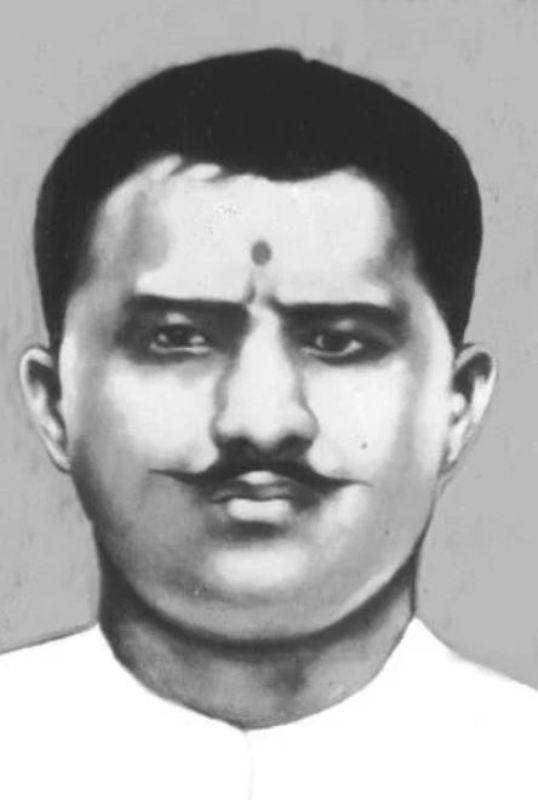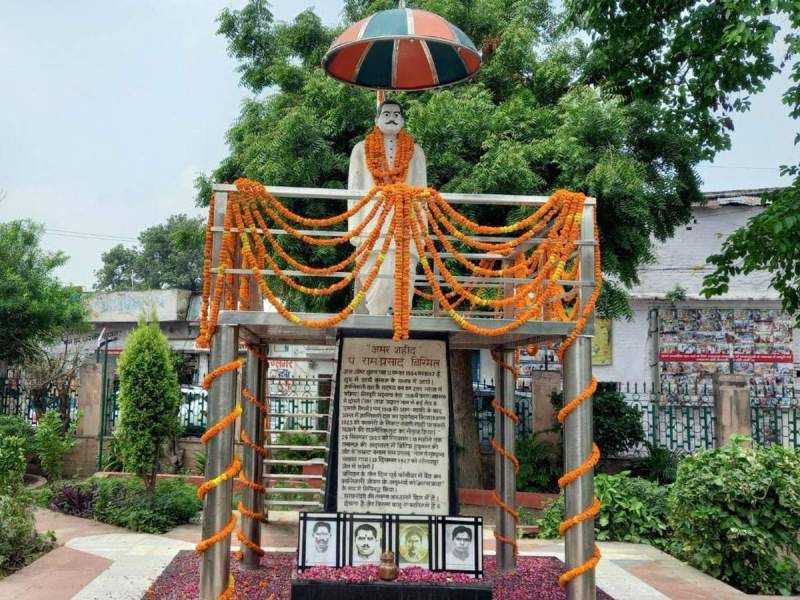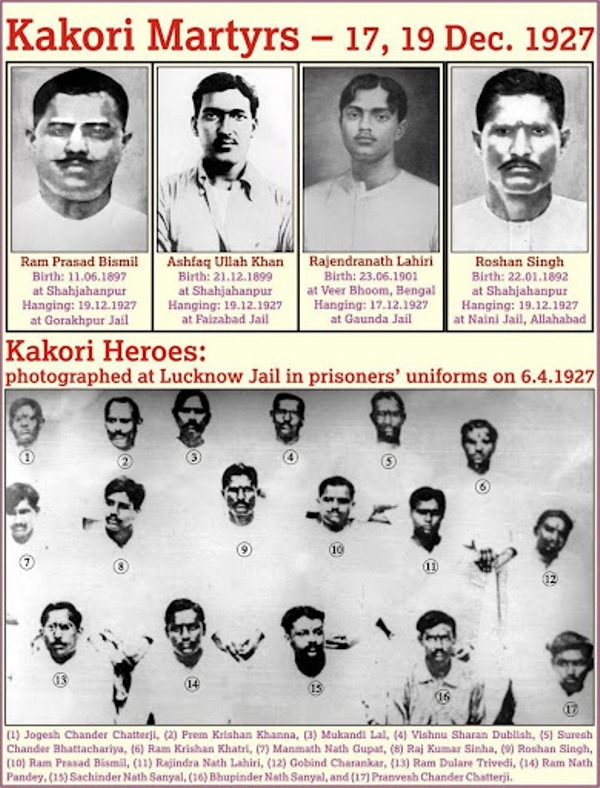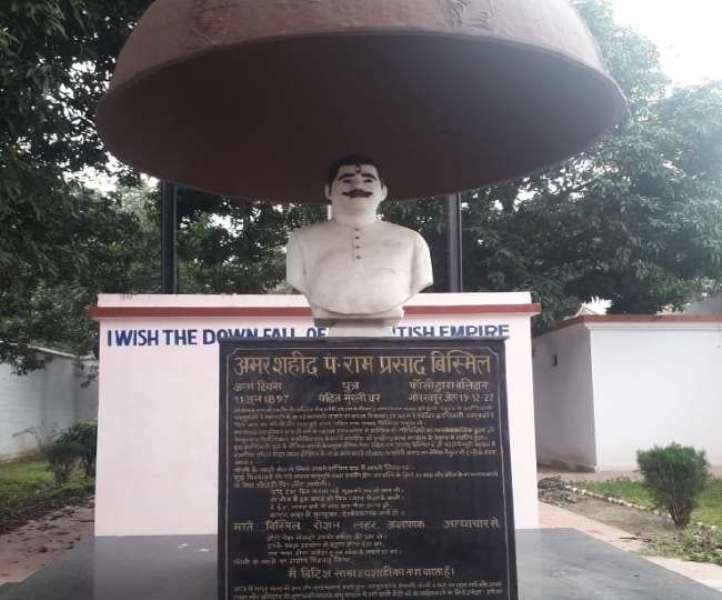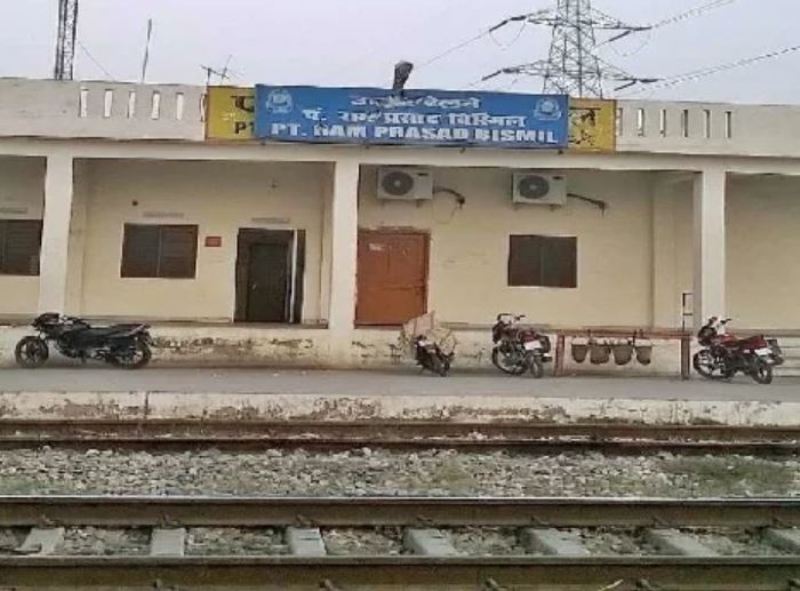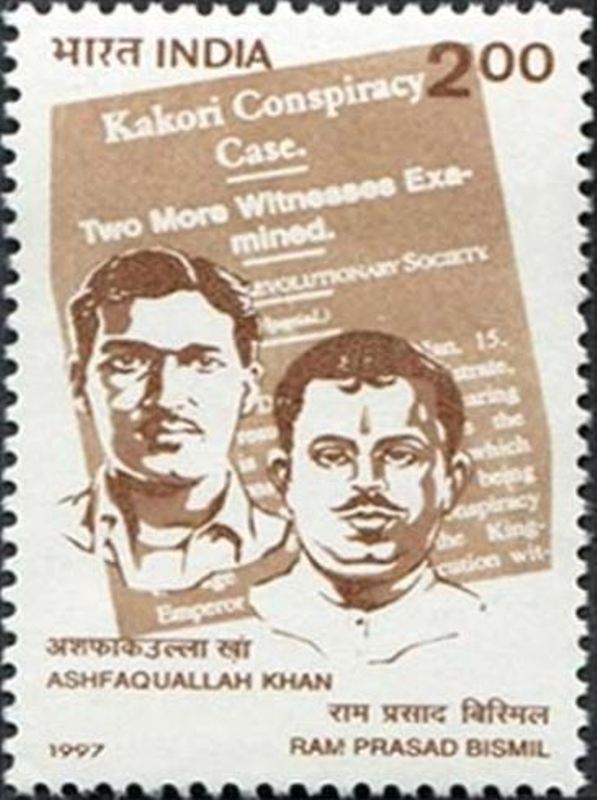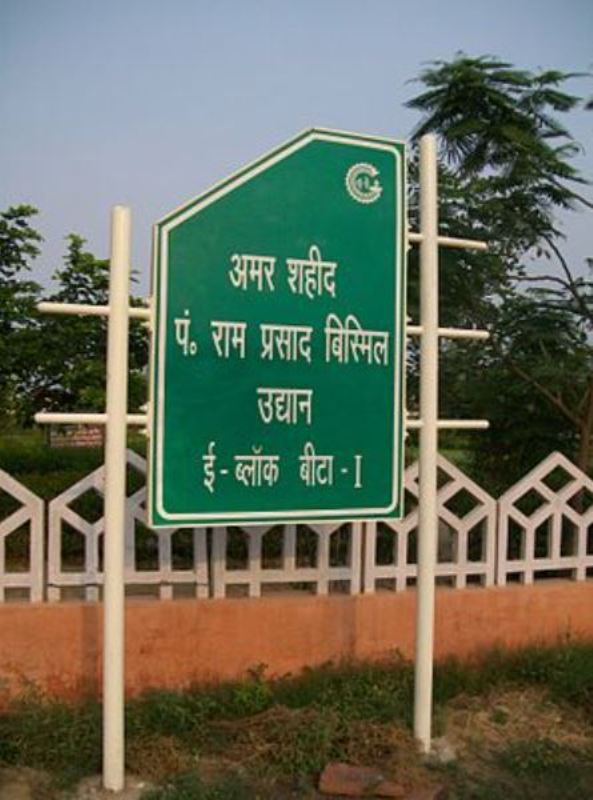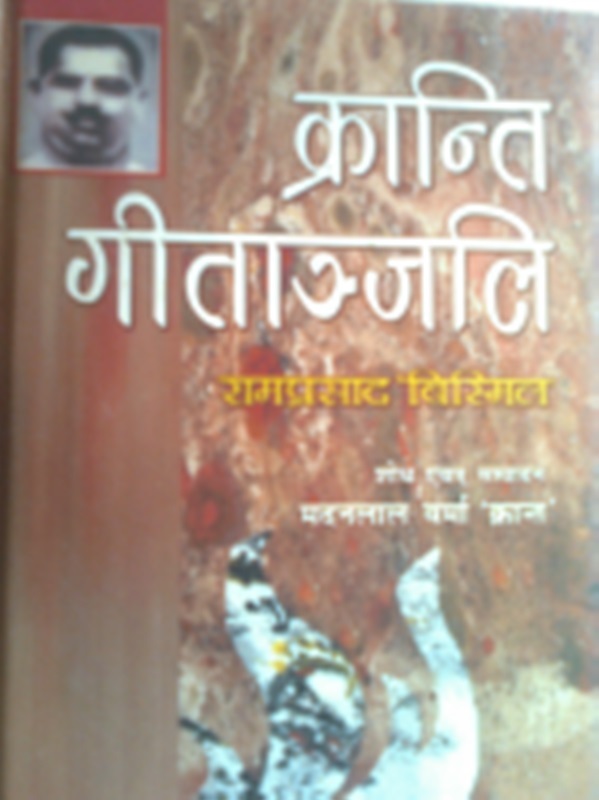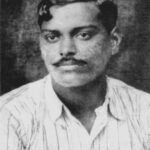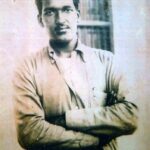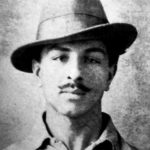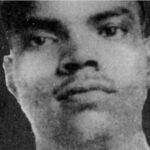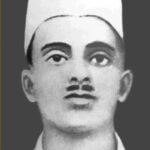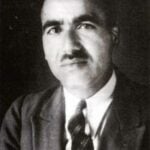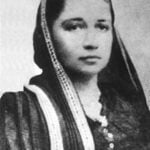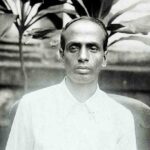Ram Prasad Bismil Age, Death, Wife, Family, Biography & More
| Bio/Wiki | |
|---|---|
| Nickname(s) [1]The Indian Express | • Ram • Agyat • Bismil |
| Profession(s) | • Revolutionary Freedom Fighter • Poet • Writer |
| Famous for | Being one of the founder of the Hindustan Republican Association, the mastermind of the Kakori Train Conspiracy in 1922, and for involving in the Mainpuri Conspiracy in 1918 |
| Eye Colour | Black |
| Hair Colour | Black |
| Personal Life | |
| Date of Birth | 11 June 1897 (Friday) |
| Birthplace | Shahjahanpur, North-Western Provinces, British India |
| Date of Death | 19 December 1927 |
| Place of Death | Gorakhpur, United Provinces, British India |
| Age (at the time of death) | 30 Years |
| Death Cause | Execution by hanging during participation in the Indian independence movement [2]India Today |
| Zodiac sign | Gemini |
| Nationality | Indian |
| Hometown | Shahjahanpur, Uttar Pradesh |
| Caste | Brahmin [3]Waiting for Swaraj: Inner Lives of Indian Revolutionaries |
| School | • Mission School • Local government school in Shahjahanpur |
| Educational Qualification | School education from Mission School and Local government school in Shahjahanpur [4]Poem Hunter |
| Relationships & More | |
| Marital Status (at the time of death) | Unmarried |
| Affairs/Girlfriends | Not Known |
| Family | |
| Wife/Spouse | N/A |
| Parents | Father- Murlidhar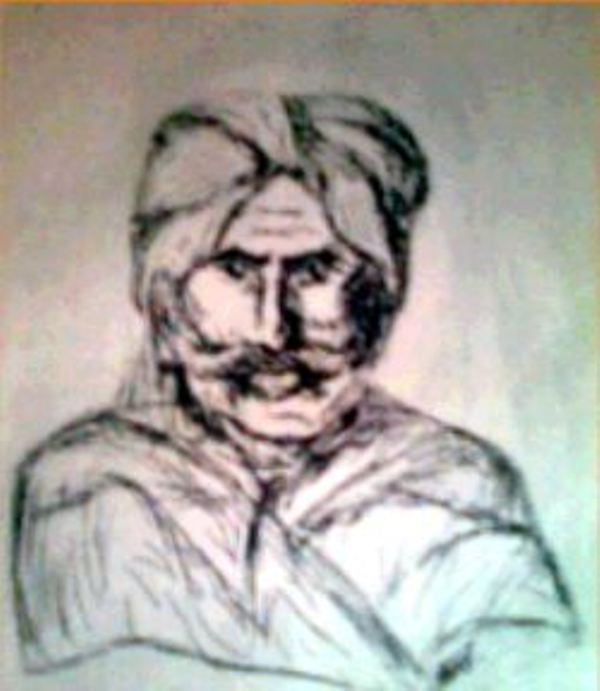 Mother- Moolmati 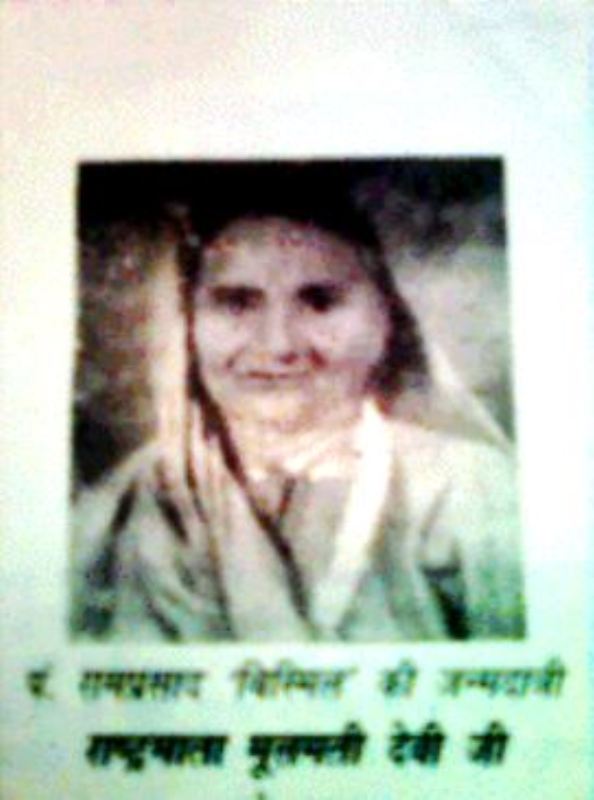 Grandfather- Narayan Lal Grandmother- Vichita Devi Uncle- Kalyanmal |
| Siblings | Brothers- 2 • Ramesh Singh • The name of one brother is not Known Sisters- 5 • Shastri Devi 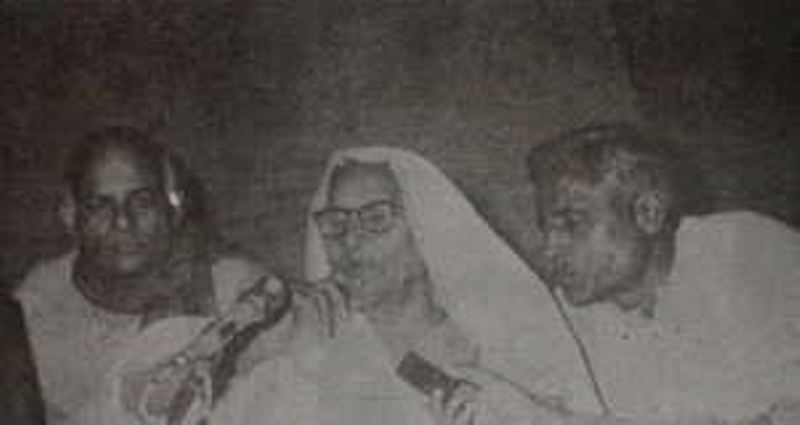 • Brahmadevi • Bhagwati Devi • The names of two sisters are not known |
Some Lesser Known Facts About Ram Prasad Bismil
- The man who masterminded the Mainpuri Conspiracy in 1918 and the Kakori train robbery in 1925 – Ram Prasad Bismil, was an Indian revolutionary, who was hanged by the British government on 19 December 1927. He was a prominent freedom fighter and an activist, who was one of the founders of the Hindustan Republican Association (HRA). He was popular with his pen names Ram, Agyat, and Bismil for writing patriotic poems and books. He received the inspiration to be a patriot from the book named “Satyarth Prakash” written by Swami Dayanand Saraswati. The eminent religious preacher of the Arya Samaj movement named ‘Swami Somdev’ was his guru. He was also in contact with Lal Har Dayal through his guru Somdev.
- In childhood, Ram Prasad Bismil received his school education at home from his father. He learnt Hindi from his father and Urdu from a local moulvi. He passed his middle school examination in first division from an English Mission School.
- After the birth of Ram Prasad Bismil, he fell seriously ill, and there was no hope to save his life due to fewer medical facilities in the village. One of the elder sons of Bismil’s parents also died due to the same situation. However, the grandfather of Bismil applied some supernatural practices to save Bismil’s life in infancy. [5]The Indian Express
- Ram Prasad Bismil had a bad habit of stealing money from his parents and smoking cigarettes when he was fourteen years old. Ram Prasad Bismil described in his autobiography that he spent a big part of stolen money to buy the cheap novels and books that he wanted to read. He further clarified that he used to smoke around 50-60 cigarettes a day when he grew up. After joining the Arya Samaj movement, he quit this habit with the help of his companion Munshi Indrajit. [6]The Indian Express
- Ram Prasad Bismil was studying in class ninth when he came to know about the death penalty of Bhai Parmanand after his involvement in the Indian independence movements. Bhai Parmanand was a follower of the Arya Samaj movement and was closely associated with the senior activist ‘Lala Har Dayal.’ After hearing the death sentence of Bhai Parmanand, Ram Prasad Bismil wrote a poem titled ‘Mera Janm’ in anger towards British rule in India and showed it to Swami Somdev. The Arya Samaj Mandir at Shahjahanpur was the meeting point of these revolutionaries. The poem written by Bismil described his utmost commitment and passion to deracinate the British Raj from India. Somdev advised Bismil after reading his poem,
Ram Prasad! I know that you are very much hurt by heart and accordingly you have chosen your pen name as ‘Bismil’. Your poem is also full of patriotic feelings and your views are very clear but, my dear child! it is not so easy to fulfill the commitment until a solid determination does not sustain in your heart and mind.”
Soon, after experiencing the commitment of Bismil to release India from the English empire, Swami Somdev advised him to join Lucknow Indian National Congress in 1916.
- In the following year, Bismil, along with his companions, went to Lucknow to participate in Indian National Congress after quitting his higher school education. In Lucknow, he joined the procession of Bal Gangadhar Tilak when the liberal leaders were campaigning against him whereas the moderate groups were welcoming Tilak’s political parade. Bismil and his friend assisted the successful procession of Bal Gangadhar Tilak across the state which made the local youth follow Ram Prasad Bismil as their young revolutionary leader. A book titled ‘America Ki Swatantrata Ka Itihas’ based on the independence of America was secretly published and released under the leadership of Ram Prasad Bismil when he was working with the Indian National Congress at Lucknow. This book was forbidden by the Uttar Pradesh government to be circulated or sold, soon after its release, as it was written by a fictitious writer named ‘Babu Harivans Sahai’ and was published by a bogus publishing house titled Somdev Siddhgopal Shukla.
- While participating as a leader in the Indian National Congress and national movements for India’s independence, Ram Prasad Bismil, along with a local school teacher Pandit Genda Lal Dixit, founded an organisation named ‘Matrivedi.’ Bismil came in contact with Dixit with the help of Swami Somdev. It was Pandit Genda Lal Dixit who helped Bismil to meet with the local dacoits of the state to gather arms and weapons for the organisation to be utilised against the British personnel. In the meantime, ‘Shivaji Samiti’ was an organisation established by Pandit Genda Lal Dixit after Chhatrapati Shivaji Maharaj. Soon, Bismil and his companions tried to convince the local youth of Etawah, Mainpuri, Agra, and Shahjahanpur districts of United Province (now Uttar Pradesh) to participate in the revolutionary activities conducted by these organisations against the British rule.
- On 28 January 1918, Ram Prasad Bismil dispersed a pamphlet titled “Deshvasiyon Ke Nam Sandesh” along with his poem titled “Mainpuri Ki Pratigya’ to the general public. In the same year, Ram Prasad Bismil was involved in robbing three local villages along with his group members to fund their revolutionary movement. The book ‘America Ki Swatantrata Ka Itihas’ that was prohibited by the British government in Uttar Pradesh was continued to be distributed by Bismil and his companions to the general public, and the police personnel were continuously chasing them under the Mainpuri conspiracy of 1918. Several unsold books were found with them when they were arrested by the police at the end of 1918. Later, he was released. In the following year, Bismil and his group members were involved in planning the Delhi and Agra robbery, and to escape police arrest, Bismil jumped into the Yamuna river and was assumed to be dead by his party members. During the same time, Pandit Genda Lal Dixit was arrested by the Britishers and sent to the Agra fort. Dixit and Bismil both were charged under criminal cases by the British government. Dixit fled to Delhi from police custody and managed to live underground. This whole incident is popularly known as the “Mainpuri Conspiracy.” On 1 November 1919, the Judiciary Magistrate of Mainpuri ‘B.S. Chris’ announced Ram Prasad Bismil and Pandit Genda Lal Dixit as ‘absconders’ as the British police were not able to trace both of them.
- In 1919 and 1920, Ram Prasad Bismil lived underground at several districts of Uttar Pradesh such as Jahangir village at Gautam Budh Nagar district in Greater Noida, Kosma village of Mainpuri district, Bah and Pinahat of Agra district of Uttar Pradesh. During this time, he also visited his hometown in Madhya Pradesh at Barbai Morena district to get some money from his mother. During the same time, when he was underground, he wrote several books and also translated some books like Bolshevikon Ki Kartoot and Yogik Sadhan from Bengali to Hindi. Another book named ‘Catherine’ was translated by him from English to Hindi. A collection of poems titled ‘Man Ki Lahar’ was also written by him. It was narrated by Bismil in his autobiography that he used to write books and poems while sitting under a babul tree and grazing his cattle.
- In 1920, the accused of the Mainpuri Conspiracy were arrested and soon, released by the British government. Bismil moved back to his hometown at Shahjahanpur where he declared in an official statement given to the police officials and court that he would not involve in the revolutionary activities in future. In the following year, Bismil joined the campaigns of the Ahmedabad Congress as a senior leader along with the congress leader Prem Krishna Khanna and the revolutionary Ashfaqulla Khan. A proposal related to ‘Poorna Swaraj’ was endorsed by Ram Prasad Bismil and his group members in the General meeting of Congress in 1921. Bismil actively participated in the Congress government along with the prominent Congress leader Maulana Hasrat Mohani. The Poorna Swaraj initiative was not supported by Mahatma Gandhi in the beginning. Therefore, Bismil took the initiative to motivate the youth of Uttar Pradesh to attack against British rule. An activist named Banarsi Lal stated the path chosen by Ram Prasad Bismil to uproot the British Raj in India. He narrated,
Ram Prasad used to say that independence would not be achieved by means of non-violence.”
- In February 1922, Mahatma Gandhi pulled back the movement he started in 1920 named the Non-cooperation movement after the Chauri Chaura incident that led to the killing of several protesting farmers. The agitating general public also burnt alive 22 police personnel in the local police station in a fit of rage. Mahatma Gandhi was opposed by Bismil and his revolutionary group members at the Gaya session of the Indian National Congress for halting the non-cooperation movement without determining the real facts behind the Chauri Chaura incident. Chittranjan Das, the president of the non-cooperation movement, resigned from the post soon after Mahatma Gandhi’s disapproval of resuming the non-cooperation movement. Soon, Chittranjan Das, along with Moti Lal Nehru, established their own independent movement with other groups of mercenaries. Bismil also formed his official revolutionary organisation named the ‘Hindustan Republican Association’ along with his group members in 1923. Soon, Lala Har Dayal advised Bismil, Sachindra Nath Sanyal, and Dr Jadugopal Mukherjee to draft the constitution of this party to get official recognition. In the same year, the constitution of the party, along with its name and aims were drafted on a yellow page. In the following year, on 3 October, a Constitutional Committee Meeting was held in Kanpur, Uttar Pradesh in which it was declared that Sachindra Nath Sanyal would be the chairman of the party. The name of the party ‘the Hindustan Republican Association (HRA)’ was also finalised in the same meeting. It was a party with a mission with arms revolution that was why Ram Prasad Bismil was chosen as the head of the Arms Divison and District Organiser of Shahjahanpur, and the Provincial Organiser of Agra and Oudh in Uttar Pradesh state. Sachindra Nath Sanyal was appointed as the National Organiser of the party whereas Jogesh Chandra Chatterjee was given the responsibility of the Coordinator of Anushilan Samiti. The Bengal was under Sanyal and Chatterjee who were spreading the motives of the party in the region.
- After the revolutionary party ‘the Hindustan Republican Association’ was established by Ram Prasad Bismil and his revolutionary associates, the general public of the United Province of British India was informed about the Manifesto of the party through a “White Leaflet” pamphlet. It was a four pages Manifesto in the form of hard copy, the original form of which was held by Manmanth Nath Gupta. The photocopies of the Manifesto were circulated all across the states of India and the districts of the United Province of British India soon after its announcement. The heading line of the manifesto was “The Revolutionary” (An Organ of the Revolutionary Party of India) and the printing press was not mentioned on the manifesto of the party which was first published on 1 January 1925.
- Ram Prasad Bismil, along with his ten revolutionary companions of the Hindustan Republican Association, was involved in halting the 8 Down Saharanpur-Lucknow passenger train near Lucknow Railway Junction on 9 August 1925 to rob the government treasury carried on it by the Britishers without security. German-made Mauser C96 semi-automatic pistols were used by the revolutionaries to execute the dacoity. The money box was kept under the supervision of a guard, and the close companions of Ram Prasad Bismil named Ashfaqulla Khan and Manmath Nath Gupta helped him to break the opening of the money box after forcefully controlling the guard. During the incident, Manmath Nath Gupta accidentally fired an innocent passenger named Ahmed Ali who was looking for his wife in the ladies compartment. Ali came out of the train when it was stopped, and Manmath Nath was curiously noticing his new gun. The passengers and the police officials on the train remained quiet during the robbery. Soon after the incident, forty innocent people were detained by the British government in the Kakori train looting case along with the ten revolutionaries. Later on, some of them were released who were not related to the case. In this case, Jagat Narain Mulla was appointed by the British government as the public prosecutor who was offered unbelievable fees by the Britishers. The defence counsellors of the case were Dr Harkaran Nath Mishra (Barrister M.L.A.) and Dr Mohan Lal Saxena (M.L.C.) whereas Advocates Govind Ballabh Pant, Chandra Bhanu Gupta, and Kripa Shankar Hajela were on the panellist of advocates. The appeals made by the accused were failed after attending several court sessions for one and a half years. On 16 September 1927, a final appeal was done by the accused before the Privy Council in London which was also rejected. The main accused of the Kakori train robbery were Ram Prasad Bismil, Ashfaqulla Khan, Roshan Singh and Rajendra Nath Lahiri who were death sentenced by the British government. They were hanged on 19 December 1927 at different locations. Ram Prasad Bismil was hanged at Gorakhpur Jail, Ashfaqulla Khan at the Faizabad Jail, and Thakur Roshan Singh at Naini Allahabad Jail. Rajendra Nath Lahiri was hanged two days before at Gonda Jail.
- Ram Prasad Bismil went underground soon after the Kakori train robbery. During this time, he wrote a collection of poems titled ‘Man Ki Lahar’ and ‘Swadeshi Rang. He was considered the writer of the pamphlet titled ‘Deshvasiyon Ke Nam Sandesh.’ The books written by him included ‘Bolshevikon Ki Kartoot,’ and ‘Yogik Sadhan.’ The book titled ‘Swadhinta ki Devi: Catherine’ was translated by him from English to Hindi. This book was based on Russian Revolution. He was prisoned at the Gorakhpur jail for the Kakori train robbery where he wrote his autobiography. ‘Kakori Ke Shaheed’ was the translation of his autobiography by Ganesh Shankar Vidyarthi in 1928. A manipulated translation of Ram Prasad Bismil’s autobiography was also published by the British government to be used for its criminal proceedings against Indian freedom fighters, which was circulated all across India as a secret official document of the government.
- Ram Prasad Bismil was hanged on 19 December 1927, and his body was cremated at Rajghat on the Rapti river in Uttar Pradesh as per the Hindu rituals and ceremonies.
- On the 69th death anniversary of Ram Prasad Bismil, the then Governor of Uttar Pradesh inaugurated the marble statue of Ram Prasad Bismil on 18 December 1994. It was named ‘Amar Shaheed Ram Prasad Bismil Smarak’ and built at Khirni Bagh mohalla of Shahjahanpur city by Shaheed Smarak Samiti of Shahjahanpur. This was the birthplace of Ram Prasad Bismil.
- On 19 December 1983, a Railway Station was constructed in the memory of Bismil named ‘Pandit Ram Prasad Bismil Railway Station’ by the Northern Railway zone of Indian Railways in the Shahjahanpur district that was inaugurated by the then Prime Minister of India Indira Gandhi.
- To honour the sacrifice of Ram Prasad Bismil for India, the government of India issued a postal stamp on his birth’s centenary year on 19 December 1997. This 2 rupees stamp picturised his name and photo along with his companion revolutionary Ashfaqulla Khan.
- Later, a park named ‘Amar Shaheed Pt. Ram Prasad Bismil Udyan’ was built by the government of Uttar Pradesh near Rampur Jagir village in Uttar Pradesh. At this place, he lived underground for some time after the Manipuri conspiracy in 1919.
- In his autobiography, Bismil unfolded that he always tried to escape the police arrest after participation in the Indian freedom movements. Contrastingly, he further narrated an incident when the police came to his house at 4 am in the morning after the Kakori train robbery to arrest him, and this time he did not try to escape the police arrest on 26 October 1925. After his arrest, he was taken to the Gorakhpur jail in Uttar Pradesh. His death sentence was informed to him by the District Collector. He further mentioned that he was given a chance by the Britishers to avoid the death penalty by giving a statement in relation to the ‘Bolsheviks’ in Bengal. He was also allured by the police that if he did the same then he would be given the chance to move to England.
- The revolutionary ‘Ashfaqulla Khan‘ was Bismil’s very close companion. Bismil dedicated a whole chapter to his close associate Ashfaqulla Khan and their relationship. Bismil further narrated in his autobiography that Ashfaqulla was associated with him in all the revolutionary activities in spite of the pressure he was facing from his family members and the Muslim community.
- While writing his autobiography, in the end, Bismil narrated an incident related to the police personnel after the Kakori train dacoity. The police went to watch a wrestling match after his arrest and did not tie him in chains. They had the trust in Bismil, and Bismil on his part did not escape the scene.
- Ram Prasad Bismil was followed by Bhagat Singh. Bismil was a great Hindi and Urdu writer and poet, and Bhagat Singh used to praise him for his compositions and verses.
- According to his autobiography, while studying in the Islamia school in Shahjahanpur, Bismil got attracted to the wrong company that ultimately led to the falling down of his academic performance. He failed two times in the 7th standard. Later, he was shifted to Mission English medium school by his parents.
- After Ram Prasad Bismil’s death in 1927, a patriotic book titled ‘Kranti Geetanjali’ which was written by him was released in 1929, and this book was banned to be sold by the British government in 1931.
- Sarfaroshi Ki Tamanna, Man Ki Lahar, and Swadeshi Rang were famous patriotic poems that were composed by Ram Prasad Bismil. Reportedly, a Delhi journal named “Sabah” first released these poems in their editions.
- The first weapon used by Ram Prasad Bismil against the British empire and its activities in India was purchased by him from the money he received from selling the books written by him.
- Reportedly, the mother of Ram Prasad Bismil was a very brave lady. She went to meet her son a day before his death sentence. She did not lose her patience after watching his son in tears. On watching his son in tears, she said to him,
Hey, I used to think that my son is very brave and the British government also trembles in his name. I didn’t know he was so scared of death! If you had to be hanged like this, then why did you choose the path of revolution? Then you should not have stepped on this path at all.”
Ram Prasad Bismil had tears in his eyes as he was separating from his brave mother.
- The famous quotes written by Ram Prasad Bismil were:
I believe, I will be reborn again, to serve my motherland again.
I agree to die thousands of times for my motherland, without thinking about the pain.
Oh God! Allow me to be born again multiple times, even after dying continuously.
I will abolish the name of slavery from society, and I will bring freedom there.
Dear youths, sacrifice your life for the motherland, and she’ll bless you.”
- Ram Prasad Bismil was exercising in a pleasant mood in the early morning of 19 December 1927 in his jail cabin. The jailer was surprised to see him happy, and out of curiosity, the jailer asked him that why he was exercising before being hanged. Bismil answered with a smile,
I am exercising so that I remain healthy in my next birth and destroy the British empire.”
- Ram Prasad Bismil completed the last chapter of his autobiography three days before his death. [7]Jagran
References/Sources:

